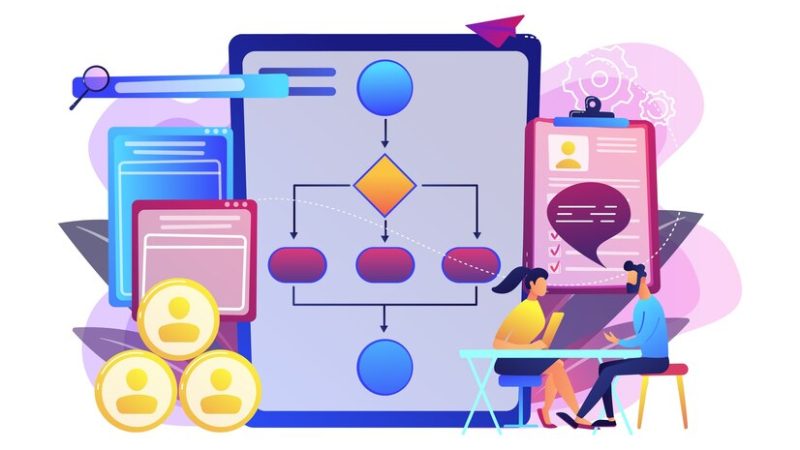Any kind of accounting can give headaches. Huge headaches. Especially when you’re trying to run a business at the same time. It can be stressful. Lease accounting is one of those areas of accounting that can be so tricky, it even has bespoke accounting software to deal with it. If your business has an ongoing lease of any kind in the USA and forms to US GAAP, it’s likely the new ASC842 accounting guidelines will apply to you. Here, we look at ASC842 in a bit of detail and give you some help with lease accounting explanations so that you can apply it to your business effectively.
ASC842: What Is The New Lease Accounting Update
If you’re just coming to business and looking at your lease accounting obligations, you’ll note that the new ASC842 update has recently gone live. The FASB have recently updated their lease accounting guidelines and laid out their new updates in ASC842 which all US GAAP followers must adhere to. The main difference is that the majority of leases now have to appear on the balance sheet whereas before, a lot of them didn’t. Established businesses might find this a bit frustrating as it cuts back on the ambiguity and allows people to better value a business.
How Can You Stay Informed Of Any Future Accounting Updates
To stay informed of any future lease accounting updates, there are several steps you can take. One is to follow professional accounting organizations, such as the Financial Accounting Standards Board (FASB) or the International Accounting Standards Board (IASB), which are responsible for setting accounting standards. You can also subscribe to industry publications, such as Accounting Today or the Journal of Accountancy, to stay up to date on any new developments or changes. Additionally, attending professional conferences or webinars on lease accounting can help you stay informed and learn from industry experts. Finally, it may be helpful to consult with your company’s accounting team or seek guidance from a professional accounting firm to ensure compliance with any new lease accounting regulations.
How To Accurately Draw Up Lease Accounts
To accurately draw up lease accounts, there are several key steps you should follow. First, gather all relevant information related to the lease, including the lease agreement, rent payments, and any associated expenses. Next, determine the appropriate accounting method to use based on the lease classification, which can be either operating or finance. For an operating lease, the lease payments are expensed on a straight-line basis over the lease term, while for a finance lease, the leased asset is recorded on the balance sheet and the lease payments are recorded as both interest expense and a reduction of the lease liability. Finally, ensure that all lease transactions are properly recorded in the general ledger and that the accounts are reconciled on a regular basis to ensure accuracy. It may be helpful to seek guidance from a professional accounting firm to ensure compliance with any applicable lease accounting regulations.
So What Are The Benefits Of Using A Lease In Business
Using a lease in business can offer several benefits compared to outright purchasing assets. One major advantage is that leasing can provide businesses with access to assets they may not be able to afford to purchase outright, such as expensive equipment or office space. Leasing can also provide greater flexibility compared to owning, as businesses can upgrade or replace leased assets more easily when their needs change. Additionally, leasing can provide tax benefits, as lease payments may be tax-deductible as an operating expense. Finally, leasing can help businesses conserve cash and improve cash flow, as lease payments are often spread out over time and require less up-front capital than an outright purchase. However, it is important to carefully evaluate the terms of any lease agreement and consider the long-term costs and benefits before entering into a lease.








